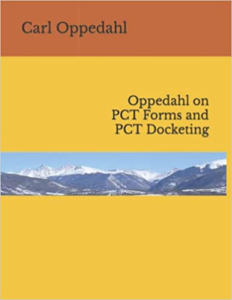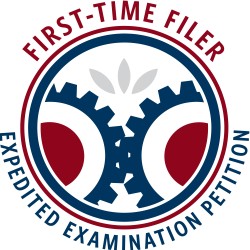 If you are a PCT user, you need to register for a webinar which EPO will present on May 9, 2023. You can read about it, and you can register, here.
If you are a PCT user, you need to register for a webinar which EPO will present on May 9, 2023. You can read about it, and you can register, here.
The webinar will take place starting at 10AM Mountain Time on Tuesday, May 9. The webinar is free of charge.
The European Patent Office (EPO) is offering a 1½-hour online seminar for US paralegals and agents dedicated to the Patent Cooperation Treaty (PCT). This seminar is an opportunity to find out more about the services provided by the EPO and the latest developments in the PCT system as well as getting practical information on the related EPO’s online services. Topics to be discussed include:
-
- PCT procedure before the EPO as International Authority including practical examples
- Payments and Reimbursement
- New secure online access
- Online filing possibilities
- Electronic Mailbox for PCT agents/applicants
- Questions & Answers
I think that for most US attendees, the most interesting topic will be EPO’s upcoming enhancements and improvements to its “electronic mailbox” system. This is the system that permits the applicant to receive ISA/EP and IPEA/EP communications instantly rather than having to wait for such communications to arrive via postal mail. This includes things like the ISR/WO and an Invitation to Pay Additional Fees.
 On May 3, 2023, I urged you (blog article) to attend a webinar presented by two partners in the Fitch Even law firm, entitled Terrifying Tales of the USPTO’s DOCX Filing System. Hopefully you attended that webinar.
On May 3, 2023, I urged you (blog article) to attend a webinar presented by two partners in the Fitch Even law firm, entitled Terrifying Tales of the USPTO’s DOCX Filing System. Hopefully you attended that webinar.


